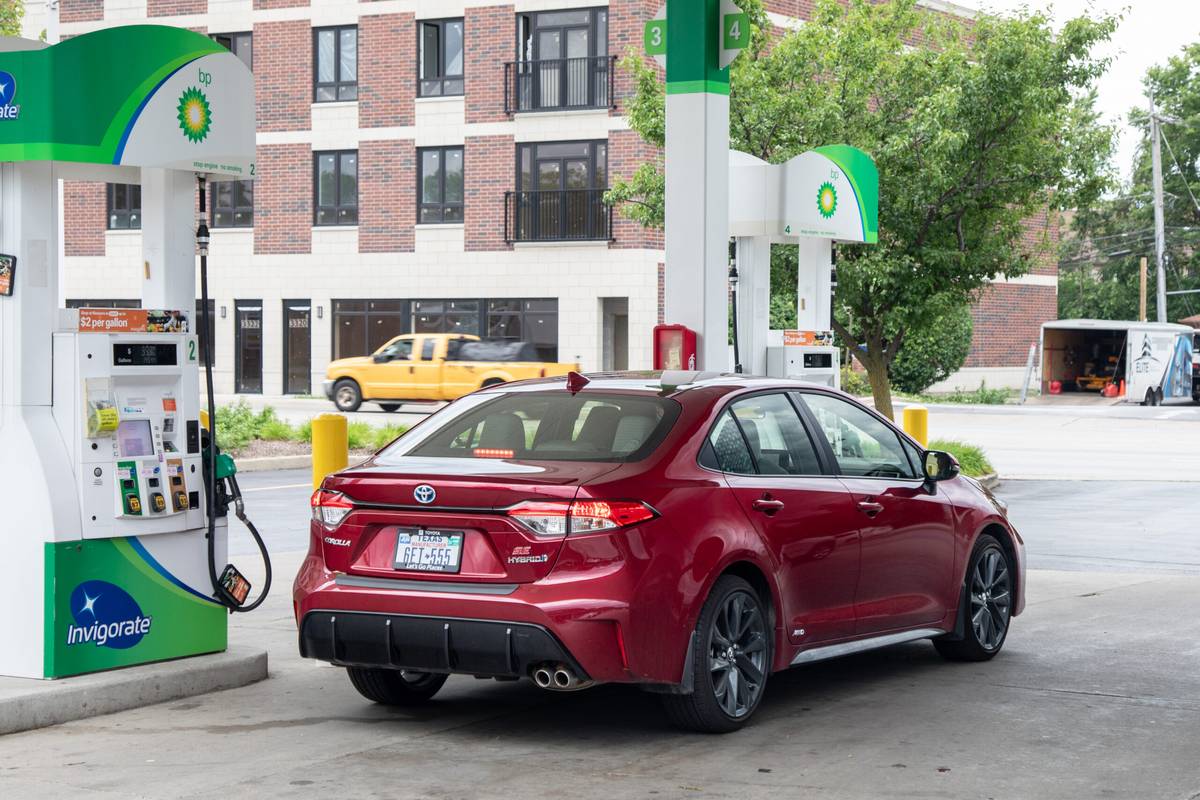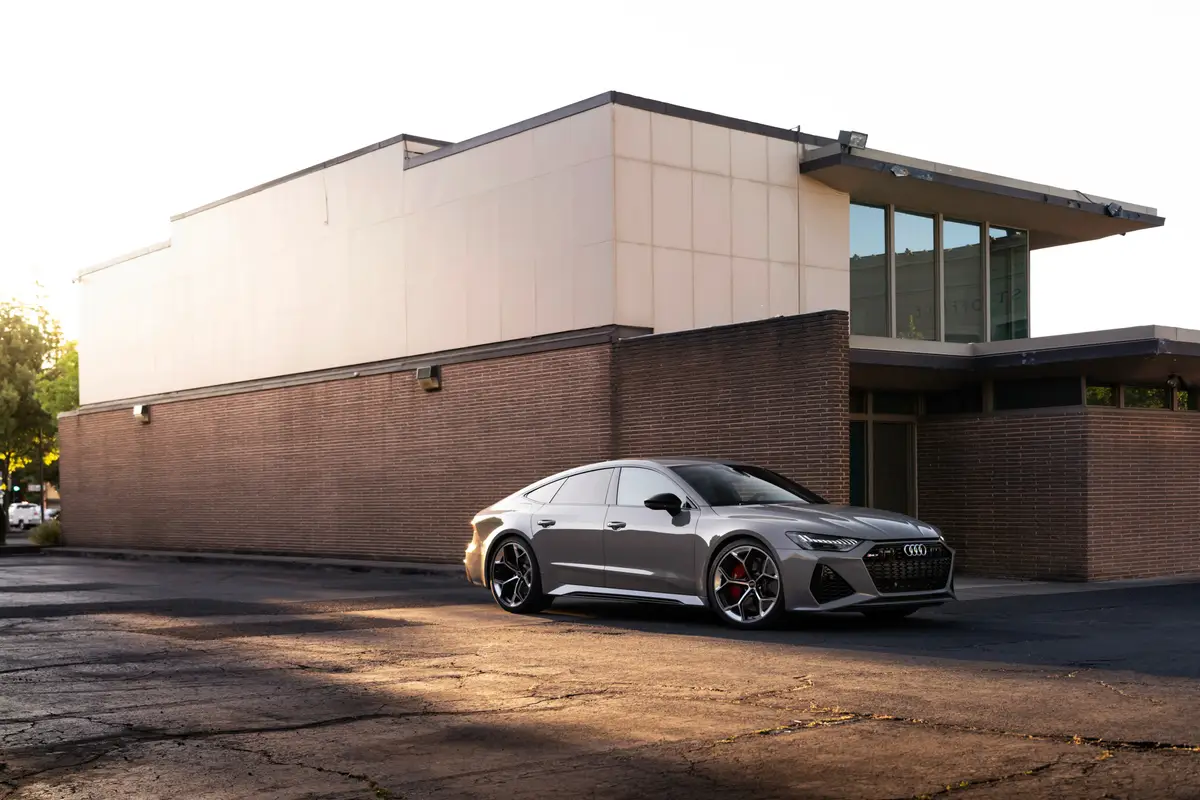Cincinnati.com's view
I fell for the RAV4, conceptually, when I first saw it unveiled at the Detroit Auto Show in January of 1996. I viewed it — and time has shown the blind hog had indeed stumbled on an acorn — as heralding a trend toward a more sensibly sized, more road-going class of sport-utility vehicle, which some wordsmith was later to dub “cute utes.”
I was a little disappointed, when I actually got in one, to find out it was a bit underpowered and a little overpriced and rather snug for a member of the big-and-tall club. It has nonetheless found quite a following in its first four years. With the arrival of the second generation, I predict sales will expand briskly, despite the advent of serious competition. Toyota is predicting 70,000 units a year, up from 60,000.
Figures just released by Autodata for November, 2000 show sales of midsize sport-utes like the Jeep Grand Cherokee and Toyota 4Runner slumped, while the pocket-sized segment leaped ahead by 75 percent. Pundits attribute that shift to the overall softening of the economy. That may well be a factor, forcing folks to reexamine how big a monthly payment they can sustain, but my theory is it has more to do with gas prices, which showed a nasty spike while those purchase decisions were being formulated.
The weekly fill-up, often paid in cash, can be a louder wakeup call than the monthly payment. The big boys want a gallon every 15 miles or so, and a lot of them disdain anything less than 91-vintage. Little fellas, like the RAV4, find regular fuel satisfying, and sip rather than guzzle.
Toyota has dropped the short-wheelbase, 2-door version of the RAV4, and expanded the 4-door by more than an inch in every direction. The most important stretch, in terms of accommodation, was in the width, which is now tolerable. The wheelbase has grown to 98 inches (still quite diminutive) from 94.9, improving ride quality and stability. Height remains at 65 inches-plus. The new skin evokes rich relative Lexus RX 300, which is a Good Thing, but I preferred the old side treatment to the tacked-on look of the new trim.
The rear accommodations — and there are, for reasons hard to fathom, 3 seatbelts — are best viewed as G rated or for use in a pinch. The rear bench is split 50-50 and can be folded or removed. With the seat in place, cargo room is 29 cubic feet — about two average trunks’ worth. Sans seat, that jumps to 68 cubic feet. The RAV might be more plausible as a towee, but it is rated to drag up to 1,500 pounds, with optional equipment. It can be towed as a dinghy, Toyota says, but only at speeds of 55 mph or less and for stages of 200 miles or less. In its heftiest form, with the AWD – automatic drivetrain, the RAV weighs 2,943 pounds.
Happily, the engine has been beefed up. The 2-liter four now makes 148 hp and 142 foot-pounds of torque. That’s a 16 percent jump in power and a 7 percent boost in the more relevant number. Not having a six-cylinder eng ine puts Toyota at a competitive talking disadvantage vis–vis such contenders as the Jeep Cherokee, Ford Escape, Nissan Xterra and Chevy Tracker, but it can brag about its fuel economy.
In practical terms, the RAV4 feels reasonably peppy, although my chronometer indicated 0-60 times in the 11-second range. Launch feel is good because Toyota has sacrificed a quantum of economy for stout gearing. The fourth gear in the automatic transmission is not even an overdrive cog, or even a straight-through ratio (it’s 1.02:1, gearheads). Final drive is 3.12, so the engine hums most of the time up in the middle of its power band. The manual transmission, with a 4.562:1 differential, should be appreciably spritelier.
EPA ratings for the AWD automatic RAV are 23 city, 27 highway. I logged 22.9 on regular unleaded in subfreezing temps with significant amounts of snow to conquer. The AWD did the job in three inches of snow, with an icy base, whee neither front- nor rear-drive mac would have, even with traction control. The drivetrain performed almost imperceptibly. I consider the limited-slip differential a must-have in snowy climes, and generally recommend that AWD owners consider getting a set of dedicated winter tires, although the RAV did OK in moderately challenging circumstances with the factory skins.
Toyota furnishes no information on its AWD mechanism, and even the owner’s manual is silent on the subject, since it operates totally without driver input. The one thing I miss — and this is true of most small utes — is a low range, which can be useful for creeping down icy slopes. The RAV has disc brakes front, drums rear. They were a little touchy, but provided short stops, thanks in no small measure to the large contact patch afforded by the 235 – 60 – 16 tires. The antilock, an option, purred as it efficiently did its thing.
Ride quality was quite good, even over very difficult terrain. Tuning of shocks and springs is nearly ideal, and the RAV felt well-planted even over broken macadam. The upgraded stereo produced reasonably good sound, although tuner sensitivity would win no palm. Overall fit and finish were very good. The RAV4 is made in Japan.
The National Highway Traffic Safety Administration plans to crash-test a 2001 RAV4 in February. Its test of a 2000 model-year RAV gave it a four-star rating for driver and co-pilot protection in a frontal crash, and the top, 5-star rating for side impact protection. One might reasonably assume that the 2001 version would be at least as good, even though we may regret the absence of side air bags. The Insurance Institute for Highway Safety has not yet tested the 2001s. It rated the previous series “marginal” in its 40-mph offset frontal crash tests, along with the Honda CR-V, Kia Sportage and Jeep Cherokee. Best in class was the Subaru Forester, with the top, “good” rating.
The Forester also had the lowest-in-class damage when hitting a pole or barrier at 5 mph. Its average damage in four tests, frontal and rearal, was $555, vs. $1,293 for the RAV4. I mention this because the virtual absence of a rear bumper was a sore point on the previous generation, and Toyota hasn’t done much to improve the situation on the 2001. If you back into a wall, the hard covering on the rear-mounted spare will be the first thing to go, followed by the rear hatch. (That spare has been lowered and obstructs rearward vision somewhat less.)
Base price on the RAV4, with 5-speed manual and 2WD, is $14,998. The tester started at $18,665, that being for an AWD, automatic-transmission sample. But hold your hat — a few strokes of the option pen and it shot up by almost $8,000. The big hit comes with the $3,120 “L” upgrade package. This adds air conditioning, cruise control, 6-speaker AM-FM-cassette-CD stereo, power windows, door locks and color-keyed outside rearview mirrors (heated), fog lamps, color-keyed door handles and hard spare tire co ver, painted front bumper and bodyside molding, deep-tinted rear glass, tonneau cover, badging and carpeted floor mats. Daytime running lights are an additional $40; antilock brakes, $590; roof rack, $220; alloy wheels and painted overfenders, $875; keyless entry, $220; leather seating, shift knob and steering wheels, $800; limited-slip differential, $390; wide front and rear mudguards, $60; antitheft immobilizer, $100; rear spoiler, $200, and power moonroof, $815. Total, with freight, was $26,575.
“The Gannett News Service”
Latest news



